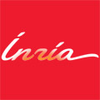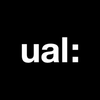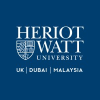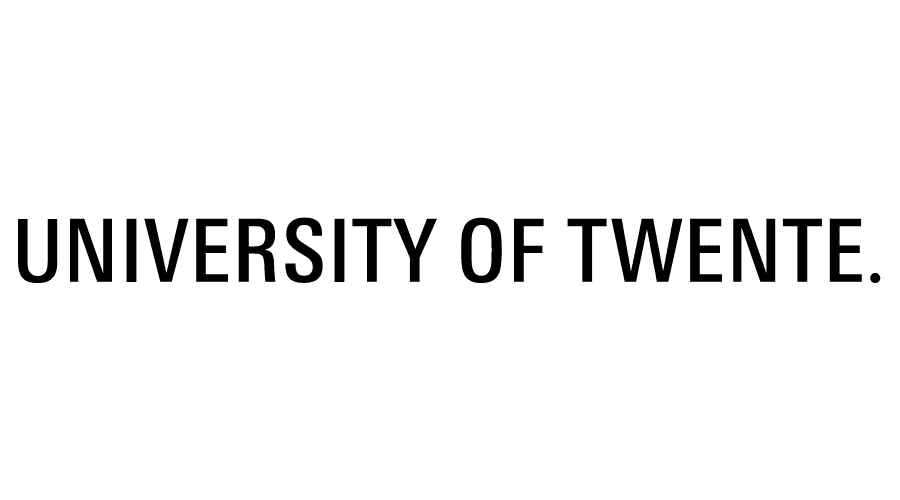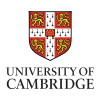Snabbfakta
-
- Montbonnot-Saint-Martin
Ansök senast: 2024-05-21
PhD Position F/ M Automated medical image segmentation
Contexte et atouts du poste
Inria, a French research institute dedicated to digital sciences, employs 2,600 people from the best universities in the world, and takes up the challenges of computer science and mathematics. Inria has 9 centers in France, including the Inria Grenoble research center, which employs nearly 730 people. Inria is organized into “project teams” which bring together researchers with complementary skills around a focused scientific project.
The ANR Inora project in collaboration between Inria Grenoble, the Mines de St Etienne and the University Hospital of St Etienne aims to understand the mechanisms of pain in the foot of patients with rheumatoid arthritis. In particular, the project seeks to highlight the links between certain physical factors such as forces or areas of internal and external pressure on the foot with the sensation of pain.
Mission confiée
To carry out this task, a finite element modeling method [1] of the foot is implemented by our partners at the Mines de St Étienne. Finite element methods require very fine 3D geometric models of the musculoskeletal system to produce realistic results. It is planned to acquire CT and/or MRI scanners of the foot to construct such models.
If these medical imaging methods show a good contrast between the bones and the soft tissues, certain zones nevertheless remain ambiguous for various reasons such as losses of bone density or, conversely, welds between distinct bones.
The candidate will therefore work towards a fully automated segmentation method for foot scanners which makes it possible to segment and identify each bone, i.e. to extract the surfaces of each bone in the form of mesh from a dense and regular grid of voxels, then assign a name to each element.
To reach this purpose, the problem will be tackled simultaneously at two levels:
Significant effort will go towards avoiding bias to the training models at both levels. Studies on how Fundamental Segmentation Models [4,5] can be leveraged to improve the performance will be conducted.
[1] J. Tak-Man Cheung, M. Zhang, A. Kam-Lun Leung, Y.-B. Fan. Three-Dimensional Finite Element Analysis of the Foot during Standing – a Material Sensitivity Study. Journal of Biomechanics, 38: 1045–1054.
[2] N. Masuzawa, Y. Kitamura, K. Nakamura, S. Iizuka, E. Simo-Serra. Automatic segmentation, localization, and identification of vertebrae in 3D CT images using cascaded convolutional neural networks. In MICCAI.
[3] Hatamizadeh, Ali, Yucheng Tang, Vishwesh Nath, Dong Yang, Andriy Myronenko, Bennett Landman, Holger R. Roth, and Daguang Xu. "Unetr: Transformers for 3d medical image segmentation." In Proceedings of the IEEE/CVF winter conference on applications of computer vision, pp. 574-584. 2022.
[4] Ma, Jun, Yuting He, Feifei Li, Lin Han, Chenyu You, and Bo Wang. "Segment anything in medical images." Nature Communications 15, no. 1 : 654.
[5] Wasserthal, Jakob, Hanns-Christian Breit, Manfred T. Meyer, Maurice Pradella, Daniel Hinck, Alexander W. Sauter, Tobias Heye et al. "Totalsegmentator: Robust segmentation of 104 anatomic structures in ct images." Radiology: Artificial Intelligence 5, no. 5 .
Principales activités
The PhD candidate will perform some hands-on experiments, develop novel software, and write high-impact publications.
Compétences
The PhD candidate should hold a master’s degree in computer science. Very good background in computer vision, 3D modelling, or medical imaging are expected. The candidate will be co-supervised by Sergi Pujades and Julien Pansiot at Inria Grenoble, France.
Avantages
Rémunération
1st and 2nd year: 2 100 euros gross salary /month
3rd year: 2 190 euros gross salary / month
